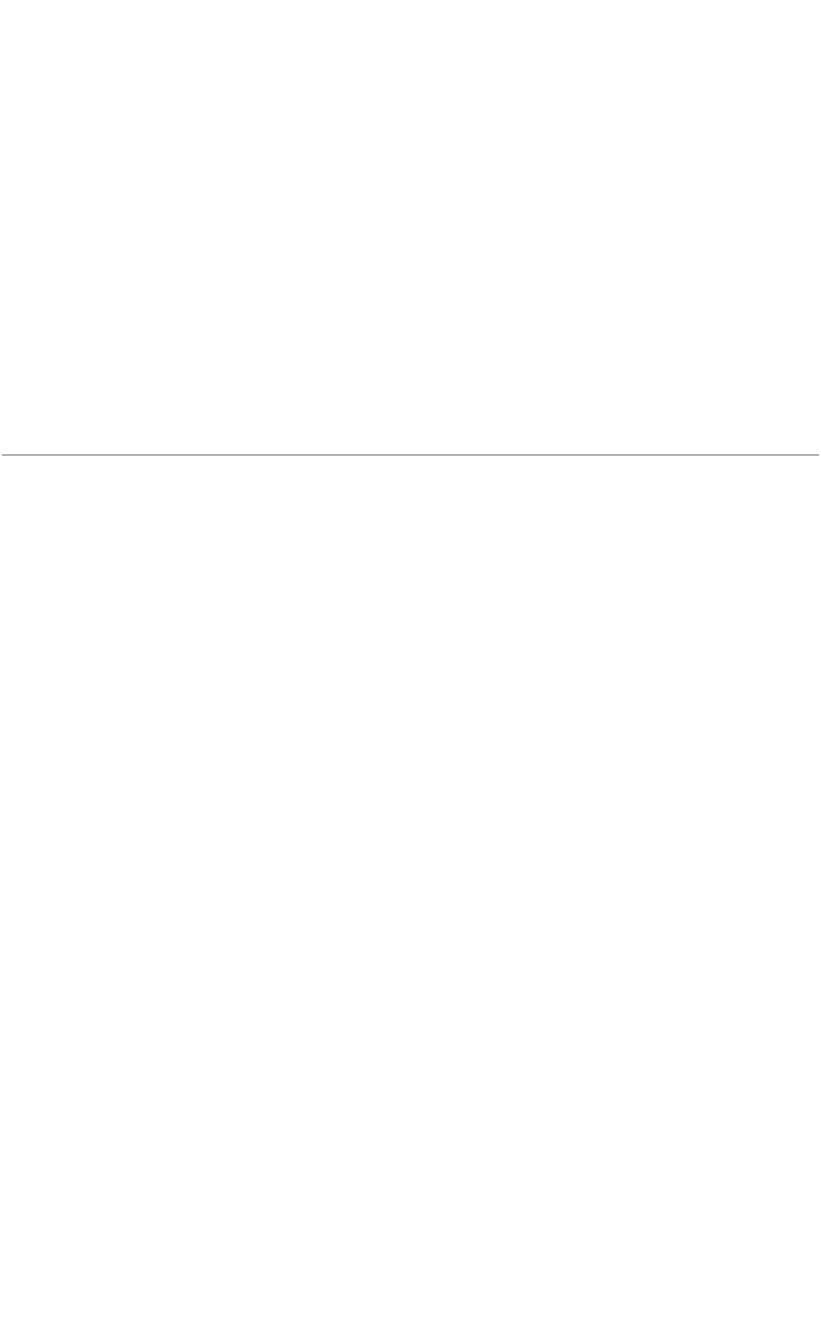Environmental Engineering Reference
In-Depth Information
Table 14.2.
Examples of rockfill grading requirements.
Grading requirement
Layer
Size largest
Dam
Dam type
Zone
thickness (m)
particle (mm)
% Other grading limits
Cardinia Creek E & R
3A
1.8
300
20% passing 25 mm
Harding
E & R
3A
1.0
150
30% passing 20 mm and
10% passing 1.18 mm
Harris
E & R
3A
1.0
150
30% passing 20 mm and
10% passing 1.18 mm
Thomson
E & R
3A
1.0
150
30% passing 19 mm and
10% passing 1.18 mm
Winneke
CFRF
3A
0.7
Not specified
10% passing 0.075 mm
3B random
0.4
Not specified
20% passing 0.075 mm
Boondooma
CFRF
3A
0.6
75
15% passing 1.18 mm and
5% passing 0.075 mm
3B
0.9
75
15% passing 1.18 mm and
5% passing 0.075 mm
and to the depth of the layer would have to be dug to obtain a representative sample.
Several tonnes of rockfill would be involved.
- The upper part of each layer is likely to be finer than the lower part, because of
segregation in placing and breakdown of rockfill under the rolling action. For
vertical seepage the permeability of this broken material will dominate. If, however,
it is a normal situation where horizontal drainage is most important, such
breakdown may not be important, provided the lower part of the layer remains
permeable.
In any case the breakdown is a fact of life and the design must accommodate it. Table
14.2 gives some examples of rockfill grading requirements. These are for quite large
dams for which it may have been practical to specify the grading to the extent done and
to demonstrate that it was achievable by trial quarrying and fills. For most projects, for
free draining high permeability rockfill, the authors favour an approach which requires
that for the rockfill after compaction:
(a) The maximum particle size to be the compacted layer thickness;
(b)
10% or 15% passing 1.18 mm;
(c)
5% passing 0.075 mm, and
(d) Water not to pond on the surface of the compacted layer.
The grading would be checked by inspection and only measured if it became necessary
from a contractual viewpoint to confirm the percentage of finer particles was
excessive.
A guide to excessive fines can be if the fill moves excessively as it is being rolled, or
trucks bog on the fill. This also indicates the fill does not have a high permeability.
(d)
Placement and spreading
Usually the rockfill is dumped from trucks on the surface and spread by a bulldozer. In
so doing the fines are moved onto the upper part of the layer, which creates a smoother
working surface for the truck to place the next layer and the stratified permeability dis-
cussed above. Oversize rocks are often pushed into a specified zone (e.g. Zone 3B) in
the outer part of the dam. To meet the filter requirements is important to ensure that
the contact between Zones 2B and 3A does not have an accumulation of large rocks.



